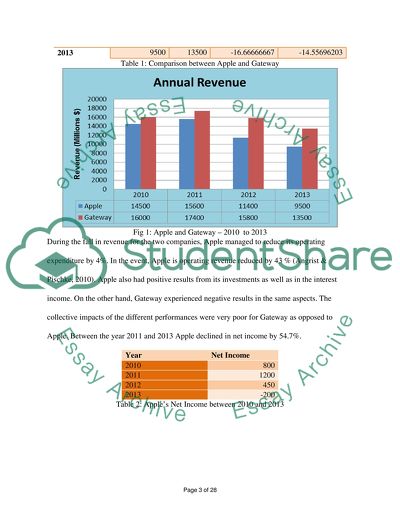Cite this document
(“Econometrics Essay Example | Topics and Well Written Essays - 3750 words”, n.d.)
Econometrics Essay Example | Topics and Well Written Essays - 3750 words. Retrieved from https://studentshare.org/macro-microeconomics/1637972-econometrics
Econometrics Essay Example | Topics and Well Written Essays - 3750 words. Retrieved from https://studentshare.org/macro-microeconomics/1637972-econometrics
(Econometrics Essay Example | Topics and Well Written Essays - 3750 Words)
Econometrics Essay Example | Topics and Well Written Essays - 3750 Words. https://studentshare.org/macro-microeconomics/1637972-econometrics.
Econometrics Essay Example | Topics and Well Written Essays - 3750 Words. https://studentshare.org/macro-microeconomics/1637972-econometrics.
“Econometrics Essay Example | Topics and Well Written Essays - 3750 Words”, n.d. https://studentshare.org/macro-microeconomics/1637972-econometrics.


